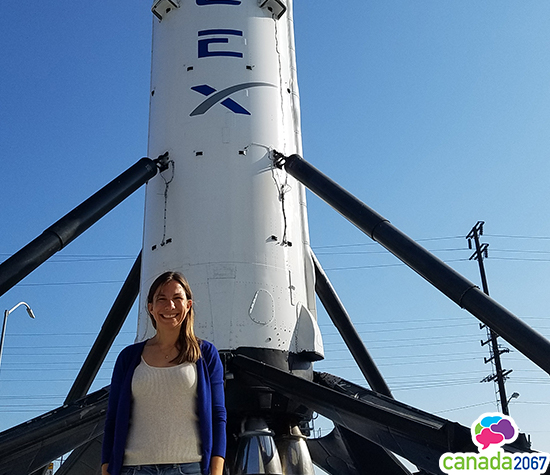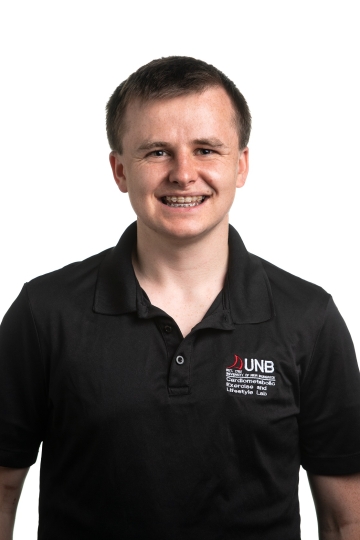Margarita Marinova
SR. Mars Development Engineer
Spacex
Learn About My Career
Margarita Marinova is a SR. Mars Development Engineer for Spacex.
I was born/grew up in: I was born in Sofia, Bulgaria. I lived there until I was 10, after which my family moved to Vienna, Austria for 1 yr, and then to Toronto, ON, Canada where we stayed for 7yrs as I went to middle and high school.
I now live in: Los Angeles, California, USA
I completed my training/education at: I went to Northern Secondary School in Toronto. I consequently went to university at the Massachusetts Institute of Technology (MIT) in Cambridge, Massachusetts, USA to study Aerospace Engineering, and afterwards completed my Masters and PhD in Planetary Sciences at the California Institute of Technology (Caltech) in Los Angeles, California, USA.
One of the things that I greatly enjoy about my work is that I get to do so many different things! In some ways I think that’s typical of many jobs, and something we don’t often think about. In my job, I get to think broadly about colonizing Mars, design rocket systems with my team, think through operations, learn from what has already been done, and interact with a lot of people in the process. This wide range of activities fits well with my broad background and interests: from testing rocket engine nozzles in Germany to studying extreme environments such as Antarctica and the Martian surface and working on reusable rockets.
I always liked looking at multiple problems and from all sides. I think it gives me a lot of perspective on problems, and allows me to contribute to novel solutions. Also having studied a lot of math, science, and having hands-on experience allows me to at least know where to start on hard problems, which is in many ways the hardest part. In addition to drawing on my previous experience, I find it really important to listen carefully to everyone around me and to read published papers. That’s the way to learn, but it’s also the way to really design and build the best system. I think listening rather than talking is the most important ingredient to making a team work. And when you’re building a rocket you definitely need to work as a team!
What I am doing today is amazingly very close to what I wanted to do when I was in high school: a combination of science and engineering that would help us understand Mars and send people there. When I was in high school I remember being told that I should look at other ideas and careers, but I was really set on what I wanted to do! Now I realize that what some may call hardheadedness was really the dedication I needed to keep pursuing my goal despite how difficult it got, and to succeed! I think the other key ingredient was that I never grew out of the little kid stage – I always kept asking why and wanted to learn and do more! Whether it was mixing colours to be really sure that yellow and blue make green, or doing science experiments, or reading (and trying to understand) papers from the university library – I just didn’t want to take anything as “just there” and wanted to know how it worked. That led me to a lot of experimenting, reading, co-ops, summer science jobs, and conferences.
There certainly were challenges along the way. My favourite kind was the problem that I couldn’t solve, because it meant by the end I would have learned something really cool. When things you can’t control get in the way, I think it’s important to really think about the essence of what you want, and think creatively of how to get that – there are many paths to the goal. But when the challenge is people who doubt you and don’t support you, I think it’s best to find people who are supportive and appreciate your passion.
When I was a little kid, I always wanted to go look at the stars. But for me it wasn’t memorizing constellation, but I would dream of what it would be like to be out there, to “touch the stars.” That dream was fueled as my parents told me about meeting Yuri Gagarin, the first person in space. I was mesmerized! Amazingly I have stayed true to that passion, the passion to explore and to understand what it would be like to live in a foreign and different world. That explorer spirit in me is what has brought me to studying extreme environments on Earth and building rockets to take us to Mars. Knowing that I am contributing to exploration and to learning something that we have never known before is deeply satisfying to me. When I was doing more scientific research, I remember late nights of working when I would think “wow, I just figured out something that probably no one else in the world knows!” It may have been something really small, but I find it incredibly cool for that moment to hold a piece of information that will add to the world knowledge.
I think the impact of a job is a combination of making people’s lives better and inspiring people. As humans we need both. Going to Mars improves our lives by developing the capability to launch satellites around the Earth more cost-effectively (for example for drought and hurricane forecasting), and developing new technologies (when was the last time you used a GPS?). It also inspires generations to dream of what life could be like when the world comes together to work on a difficult and amazing problem.
When I am not at work, my time is always packed. I love being outdoors – hiking, camping, paddle boarding, rollerblading! I also love reading, spending time with friends, salsa dancing, fly helicopters, love being physically active, and am starting to learn Spanish.
Go after what you love doing – it’s a powerful force in making you succeed! Do what you want to do instead of always listening to people telling you what the ‘best path’ is – there are many best paths. And definitely take lots of math – math will make you stand out in every field, from engineering, to biology, to art.
What I do at work
One of the things that I greatly enjoy about my work is that I get to do so many different things! In some ways I think that’s typical of many jobs, and something we don’t often think about. In my job, I get to think broadly about colonizing Mars, design rocket systems with my team, think through operations, learn from what has already been done, and interact with a lot of people in the process. This wide range of activities fits well with my broad background and interests: from testing rocket engine nozzles in Germany to studying extreme environments such as Antarctica and the Martian surface and working on reusable rockets.
I always liked looking at multiple problems and from all sides. I think it gives me a lot of perspective on problems, and allows me to contribute to novel solutions. Also having studied a lot of math, science, and having hands-on experience allows me to at least know where to start on hard problems, which is in many ways the hardest part. In addition to drawing on my previous experience, I find it really important to listen carefully to everyone around me and to read published papers. That’s the way to learn, but it’s also the way to really design and build the best system. I think listening rather than talking is the most important ingredient to making a team work. And when you’re building a rocket you definitely need to work as a team!
My career path is
What I am doing today is amazingly very close to what I wanted to do when I was in high school: a combination of science and engineering that would help us understand Mars and send people there. When I was in high school I remember being told that I should look at other ideas and careers, but I was really set on what I wanted to do! Now I realize that what some may call hardheadedness was really the dedication I needed to keep pursuing my goal despite how difficult it got, and to succeed! I think the other key ingredient was that I never grew out of the little kid stage – I always kept asking why and wanted to learn and do more! Whether it was mixing colours to be really sure that yellow and blue make green, or doing science experiments, or reading (and trying to understand) papers from the university library – I just didn’t want to take anything as “just there” and wanted to know how it worked. That led me to a lot of experimenting, reading, co-ops, summer science jobs, and conferences.
There certainly were challenges along the way. My favourite kind was the problem that I couldn’t solve, because it meant by the end I would have learned something really cool. When things you can’t control get in the way, I think it’s important to really think about the essence of what you want, and think creatively of how to get that – there are many paths to the goal. But when the challenge is people who doubt you and don’t support you, I think it’s best to find people who are supportive and appreciate your passion.
I am motivated by
When I was a little kid, I always wanted to go look at the stars. But for me it wasn’t memorizing constellation, but I would dream of what it would be like to be out there, to “touch the stars.” That dream was fueled as my parents told me about meeting Yuri Gagarin, the first person in space. I was mesmerized! Amazingly I have stayed true to that passion, the passion to explore and to understand what it would be like to live in a foreign and different world. That explorer spirit in me is what has brought me to studying extreme environments on Earth and building rockets to take us to Mars. Knowing that I am contributing to exploration and to learning something that we have never known before is deeply satisfying to me. When I was doing more scientific research, I remember late nights of working when I would think “wow, I just figured out something that probably no one else in the world knows!” It may have been something really small, but I find it incredibly cool for that moment to hold a piece of information that will add to the world knowledge.
How I affect peoples’ lives
I think the impact of a job is a combination of making people’s lives better and inspiring people. As humans we need both. Going to Mars improves our lives by developing the capability to launch satellites around the Earth more cost-effectively (for example for drought and hurricane forecasting), and developing new technologies (when was the last time you used a GPS?). It also inspires generations to dream of what life could be like when the world comes together to work on a difficult and amazing problem.
Outside of work I
When I am not at work, my time is always packed. I love being outdoors – hiking, camping, paddle boarding, rollerblading! I also love reading, spending time with friends, salsa dancing, fly helicopters, love being physically active, and am starting to learn Spanish.
My advice to others
Go after what you love doing – it’s a powerful force in making you succeed! Do what you want to do instead of always listening to people telling you what the ‘best path’ is – there are many best paths. And definitely take lots of math – math will make you stand out in every field, from engineering, to biology, to art.
When I was a student I enjoyed:
- Industrial Arts/Shop Programs
- Physical Education/Health
- Foreign Languages
- Math
When I was a student, I would describe myself as someone who:
- Liked helping people
- Organized activities for my friends
- Played on a sports team
- Was motivated by success
- Liked being given free range to explore my ideas
Partners

Canada 2067
Let's Talk Science recognizes and thanks Margarita Marinova for her contribution to Canada 2067.
Related Topics
Explore More Career Profiles
-
Brianna Lummerding
Career Profiles
Agronomic Innovation Manager
I look after all things related to soil management for a group of retailers. -
Li Tan (he/him)
Career Profiles
Molecular Lead
I coordinate the day-to-day operations in the DNA Extraction Lab. -
Tyler Morhart (video)
Career Profiles
Scientist, Beamline Responsible - SyLMAND
I am responsible for the SyLMAND beamline at the Canadian Light Source synchrotron facility. -
Li Tan (Video)
Career Profiles
Molecular Lead
I coordinate the day-to-day operations in the DNA Extraction Lab. -
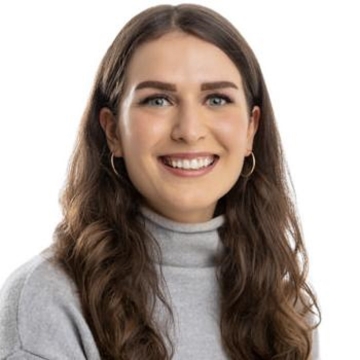
Rashell Featherstone (she/her)
Career Profiles
Senior Program Associate
I coordinate projects for the development of new products at STEMCELL. -
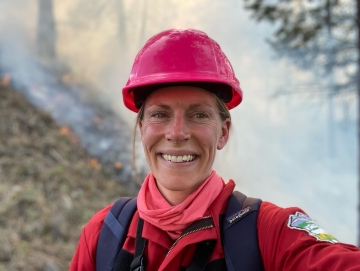
Kira Hoffman (she/her)
Career Profiles
Postdoctoral Researcher/Fire Ecologist
I am a researcher at both a university and a not-for profit organization where I am gaining experience to become a senior researcher. -
Zoë Ehlert (Video)
Career Profiles
Manager, Marker Assisted Breeding
I lead a team that develops canola crops by breeding plants with traits we are looking for. -
Zoë Ehlert
Career Profiles
Manager, Marker Assisted Breeding
I lead a team that develops canola crops by breeding plants with traits we are looking for. -
Jennifer Baltzer (she/her)
Career Profiles
Professor and Canada Research Chair in Forests and Global Change
I work at a university, teaching students and conducting research on the impact of climate change on forests in Canada and around the world. -
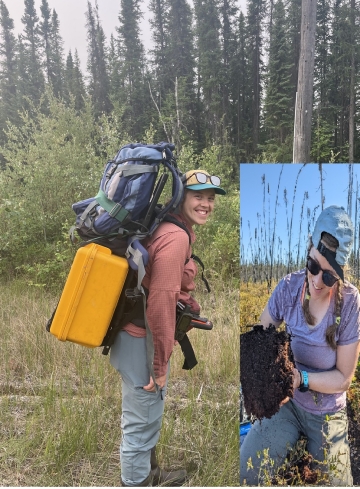
Caitlyn Lyons (she/her)
Career Profiles
Ph.D. Candidate
I am working towards my PhD and studying the forests in the Northwest Territories. -
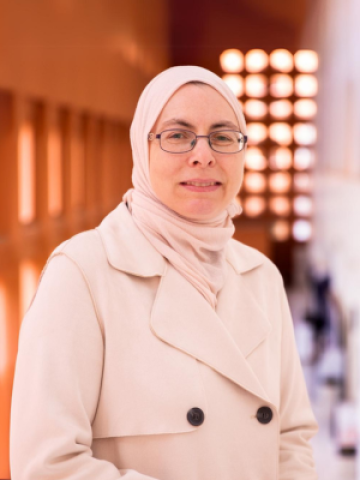
Joann Whalen
Career Profiles
Professor at the Faculty of Agricultural and Environmental Sciences,
I teach advanced courses on how to manage soils to produce healthy, nutritious food and maintain healthy ecosystem functions.
